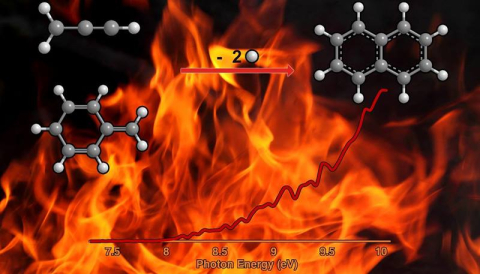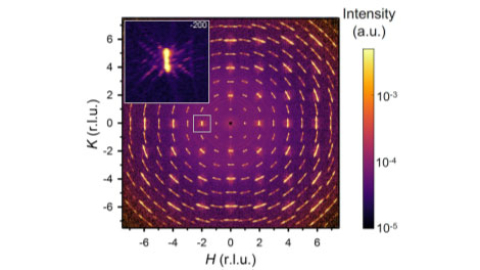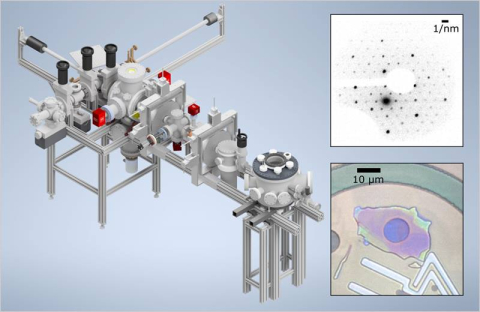
Scientists illuminate the quantum dynamics of electrons in highly excited molecules.

A molecule found in combustion on Earth and surrounding some stars can lead to the formation of an important organic hydrocarbon.

Scientists use a common engineering approach to enhance the superconductivity and induce ferroelectricity in the quantum material strontium titanate.

Bright electron beams unlock the study of small, thin materials on ultrafast timescales.

X-rays penetrate a working electrode to determine the structure and chemistry in play when water enters the electrochemically active layers.

Scientists can now verify theoretical predictions using one-dimensional compositions grown in-situ at a synchrotron spectroscopy station.

Package provides end-to-end analysis of microscopy images for accelerated materials research.

Researchers used ultrafast electron diffraction to image the structure of the pericyclic minimum, the “transition state” of electrocyclic reactions.

X-ray imaging shows that selectively etching surface nickel from a nickel-platinum alloy leaves a chemically active platinum coating.

Three-dimensional superconducting electrons choose to cross over to a flatter alternate dimension.

